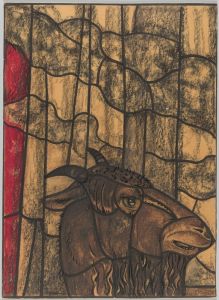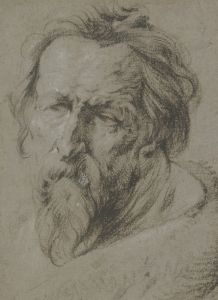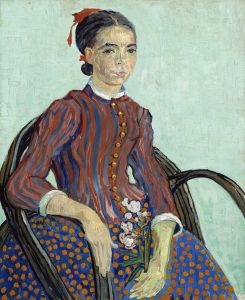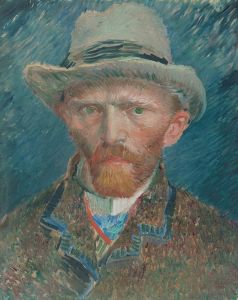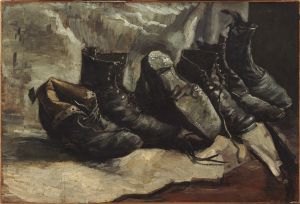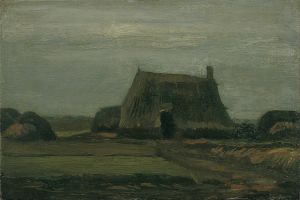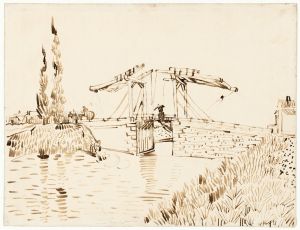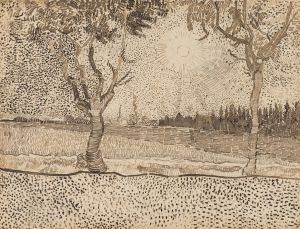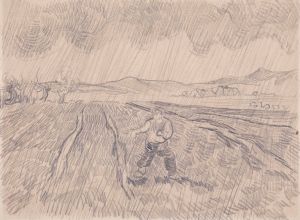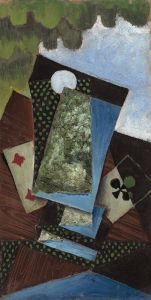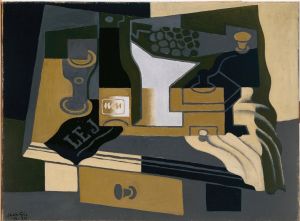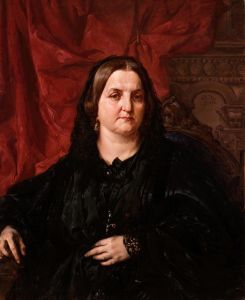
Self-portrait with grey felt hat
A hand-painted replica of Vincent van Gogh’s masterpiece Self-portrait with grey felt hat, meticulously crafted by professional artists to capture the true essence of the original. Each piece is created with museum-quality canvas and rare mineral pigments, carefully painted by experienced artists with delicate brushstrokes and rich, layered colors to perfectly recreate the texture of the original artwork. Unlike machine-printed reproductions, this hand-painted version brings the painting to life, infused with the artist’s emotions and skill in every stroke. Whether for personal collection or home decoration, it instantly elevates the artistic atmosphere of any space.
"Self-portrait with Grey Felt Hat" is an oil painting created by the Dutch post-impressionist artist Vincent van Gogh in the winter of 1887-1888. This self-portrait is one of more than 30 that Van Gogh painted during his career, reflecting his ongoing exploration of self-representation and his evolving artistic style.
The painting depicts Van Gogh wearing a grey felt hat, with his face turned slightly to the left. His piercing blue eyes and intense gaze are striking features of the portrait. The background is composed of swirling, dynamic brushstrokes, a technique that Van Gogh would later develop further in his famous works such as "Starry Night." The use of bold, contrasting colors and expressive brushwork in this self-portrait exemplifies Van Gogh's unique approach to capturing his own likeness and emotional state.
Van Gogh's self-portraits are significant not only for their artistic merit but also for the insight they provide into the artist's life and psyche. During the time he painted "Self-portrait with Grey Felt Hat," Van Gogh was living in Paris with his brother Theo. This period was marked by significant artistic growth and experimentation, influenced by his interactions with other artists such as Paul Gauguin, Henri de Toulouse-Lautrec, and Emile Bernard. The vibrant art scene in Paris exposed Van Gogh to new techniques and styles, which he incorporated into his own work.
In "Self-portrait with Grey Felt Hat," Van Gogh employs a technique known as pointillism, characterized by the use of small, distinct dots of color applied in patterns to form an image. This technique was pioneered by Georges Seurat and Paul Signac, and Van Gogh's adaptation of it demonstrates his willingness to experiment and adapt contemporary methods to his own expressive needs.
The painting is also notable for its psychological depth. Van Gogh's self-portraits often reveal his inner turmoil and complex personality. The intense, almost confrontational gaze in this portrait suggests a man grappling with his identity and emotions. The grey felt hat, a common accessory in Van Gogh's self-portraits, adds a sense of humility and simplicity to the image, contrasting with the vibrant and dynamic background.
"Self-portrait with Grey Felt Hat" is housed in the Van Gogh Museum in Amsterdam, which holds the largest collection of Van Gogh's works. The museum provides valuable context for understanding the artist's life and the development of his style. This self-portrait is an important piece within Van Gogh's oeuvre, illustrating his mastery of color, form, and emotional expression.
Vincent van Gogh's self-portraits remain some of the most compelling and studied works in the history of art. They offer a window into the mind of one of the most influential and enigmatic artists of the 19th century. "Self-portrait with Grey Felt Hat" stands out as a testament to Van Gogh's enduring legacy and his profound impact on the world of art.





